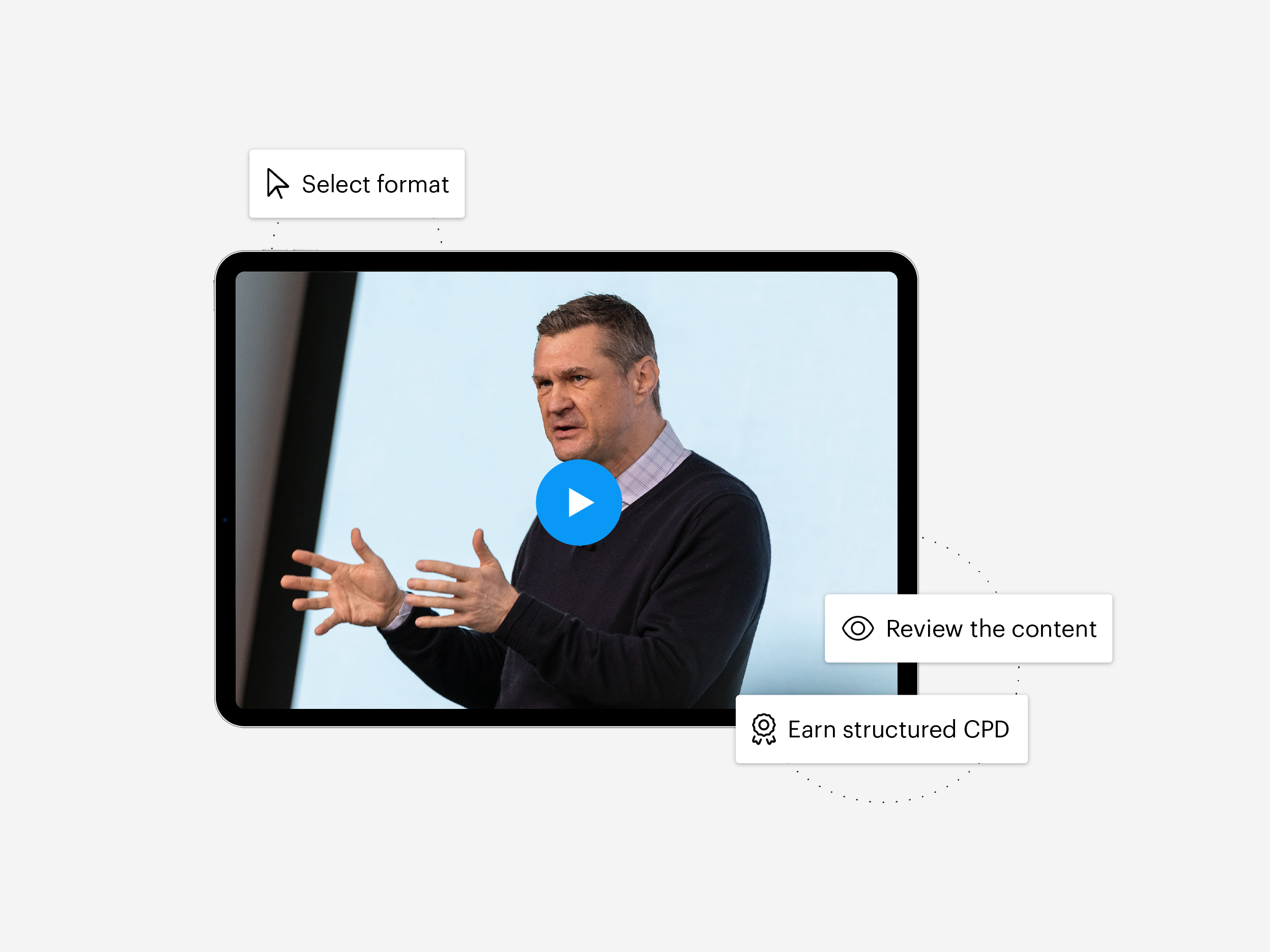Year after year, thousands of advisers turn to our Investment Intelligence programme for accessible, engaging, CPD-accredited education to keep across the market developments that matter. But success is more than just technical know-how. It requires a rounded skill set that blends technical knowledge with the ability to grow a business and build meaningful connection with clients.
Intelligence Plus is designed to meet that need, combining the best of our industry-leading Investment Intelligence programme with new resources focused on practice management and soft skills, delivering a complete learning platform under three key pillars: Investment Intelligence, Practice Intelligence and Emotional Intelligence. Let's get started.

Emotional Intelligence
Underpinned by a rigorous analysis of advisers’ priorities, our soft skill modules feature some of the world’s most recognisable thought leaders, offering expert insights on topics like active listening, connection building and problem solving.
Practice Intelligence
Led by Invesco Global Consulting, who have developed industry-leading client communication programmes for decades. These modules offer practical guidance on how to accelerate growth and build client advocacy.


Investment Intelligence
Trusted by advisers across the country for over 25 years, our Investment Intelligence programme draws on the global depth and breadth of our expertise to offer critical market insights and build financial knowledge.
Additional support services
Further to our suite of educational resources, as a dedicated asset manager there are many other ways that we can support and help you thrive across all aspects of your business. Our heritage in managing multi asset investments for our UK clients goes back over 25 years. Explore our fund of fund and model portfolio service ranges, providing simple, affordable solutions for you and your clients.
-
Investment risks
The value of investments and any income will fluctuate (this may partly be the result of exchange rate fluctuations) and investors may not get back the full amount invested.
Important information
Views and opinions are based on current market conditions and are subject to change.





